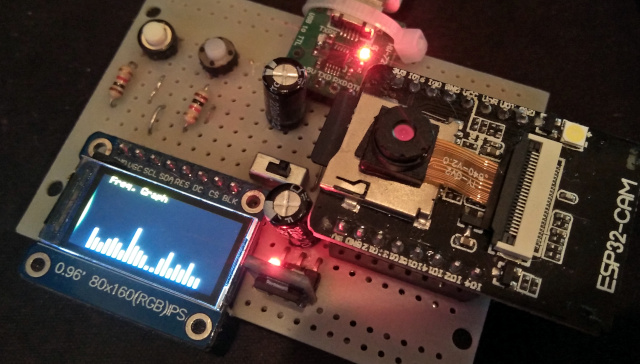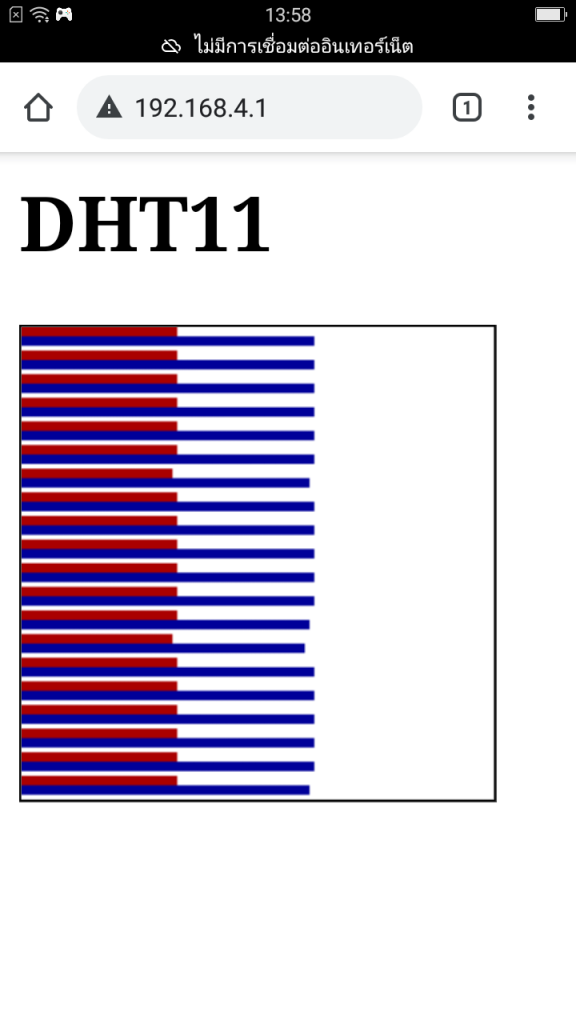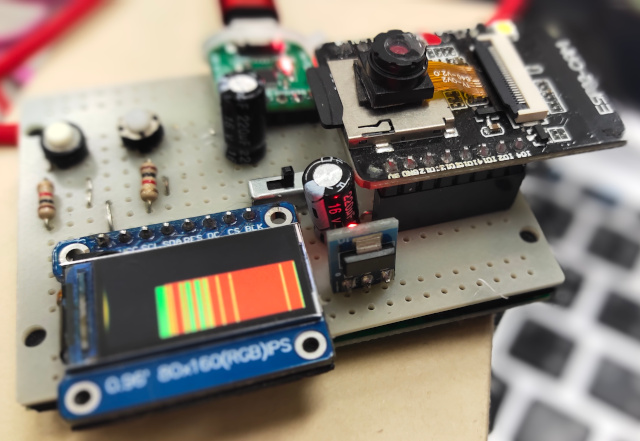[EN] Installing NumPy and Matplotlib on Raspberry Pi
This article guides on installing the NumPy and Matplotlib libraries on the Raspberry Pi board for computing (Read an example of using numpy for small devices in the ulab article) and shows results. The article discusses installation, upgrades and basic usage to guide further implementation. As for the use of Raspberry Pi with Python programming language, you can find more information from various knowledge sources or support our team by purchasing a book or finding a Raspberry Pi 4 4GB board that can be purchased from various retailers or from here, Though, we use a Raspberry Pi 3 B+.


